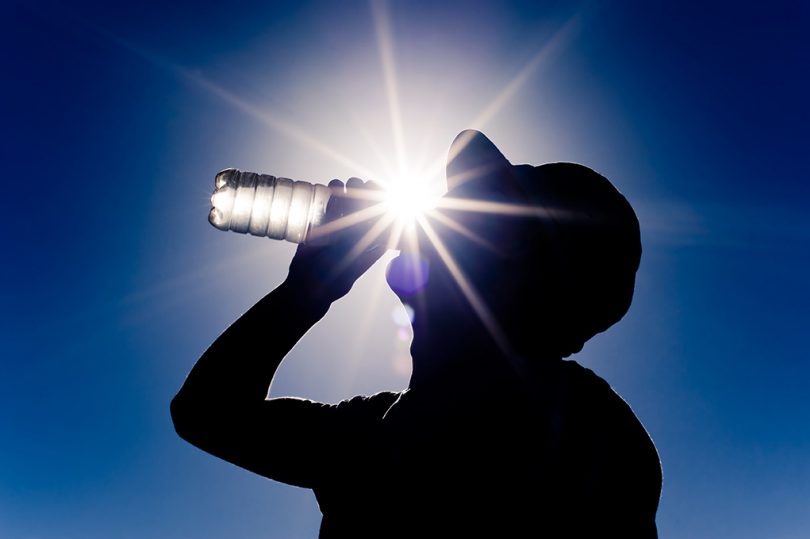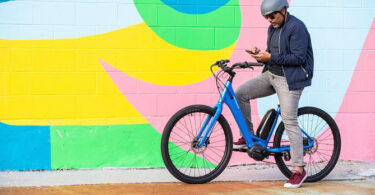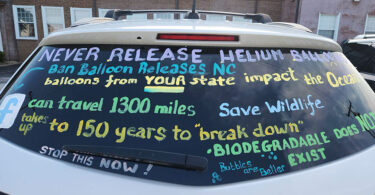Scorching conditions more common in sports, creating risks and challenges for athletes
Rick Maese
Climatologists say Earth’s hottest places are getting hotter faster than everywhere else. There was a report this year that found Las Vegas is the fastest-warming city in the country and has seen an average temperature increase of nearly 6 degrees since 1970.
The whole planet is getting warmer, in fact. Across the globe, the past four years are the warmest on record. Last year the average temperature across Earth’s land and ocean surfaces was 1.42 degrees Fahrenheit above the 20th-century average, according to the National Oceanic and Atmospheric Administration, and climate watchers say it’s trending in one direction.
Climate projections suggest the planet could warm by 3 or 4 degrees by the end of this century, which would have major ramifications for outdoor sports everywhere, from recreational weekend joggers to elite athletes competing on the biggest stages.
“When you talk about climate change and you tell someone it’s a degree hotter—Pfft! —that doesn’t seem like very much,” explained Andrew Grundstein, a climatologist at the University of Georgia. “When I talk to my students about the difference in a couple degrees, I tell them, ‘Remember, when it was 4 degrees cooler, we were in an ice age.’ ”
From community races to the Olympics to the World Cup, event organizers are already making adjustments to competition schedules and start times. And athletes around the world have to take more precautions as science and technology evolve to help them cope with the heat—or, in some cases, gain a competitive advantage.
Events such as tennis’s Australian Open have instituted safety measures to account for extreme heat. The International Olympic Committee and FIFA have formed committees to study heat-related issues at major events. Next summer’s Olympics in humid Tokyo will feature a marathon that starts at 6 a.m.
This year’s track and field world championships are in scorching-hot Qatar, where organizers will start the marathon at midnight. The World Cup men’s soccer tournament, which usually takes place in June every four years, was pushed back to November and December when Qatar hosts in 2022 in hopes of cooler weather.
It was 95 degrees and sticky in Orlando in late May but 30 degrees cooler inside air-conditioned Orange County Convention Center. A crowd of more than 6,000 gathered for the annual meeting of the American College of Sports Medicine, the largest such gathering in the world.
Heat-related topics have become a staple of these meetings, and about 200 people— athletic trainers, doctors, researchers, physiologists and performance coaches among them —gathered in Room 303 for a presentation focused on next summer’s Olympics. Doug Casa, head of the Korey Stringer Institute who serves on a commission dedicated to heat-related issues for the Tokyo Games, offered the crowd a brief history lesson.
“The 1964 Tokyo Olympics, they moved to October because of the brutal heat in Tokyo,” he said. “Well, it’s hotter in Tokyo now than it was back in 1964. . . . There’s no movement this year. It’s happening at the end of July and August in the most brutal conditions that you can imagine.”
With an anticipated average temperature of nearly 90 degrees and humidity topping 55 percent, the Olympics will be on par with some of the hottest athletic events ever staged.
“It’ll be the hottest Summer Olympics in history,” Casa said. “It’s pretty extreme.”
The professionals in the large conference room assembled to discuss ways to keep the world’s best athletes safe and somehow maximize performance in such difficult conditions. Endurance athletes with prolonged exposure are more susceptible to the dangers posed by heat, while some athletes—sprinters, for example—might actually perform better. But almost any athlete competing outdoors will face risks.
One key to competing in heat is for athletes to acclimatize—to arrive at the destination early and exercise for at least seven to 10 days in the hot conditions. The prolonged exposure allows the athlete’s body to adjust: Plasma volume increases, heart rate decreases, sweat rate increases, and skin and core temperatures stabilize.
Among those in the Orlando crowd was Randy Wilber, the chief physiologist for the U.S. Olympic & Paralympic Committee who has worked with Team USA athletes since 1993. He has been considering all of these factors since Tokyo was awarded hosting rights in 2013.
“The bottom line is it’s going to be very hot, very humid. That’s not any surprise,” he said. “It’s how you react to it that matters.”
Wilber has already devised heat plans with his U.S. colleagues. The Tokyo conditions might not lend themselves to world records in many events, but coaches, athletic trainers and physiologists can still help get the athletes onto the podium.
“If we do this right—if we prepare for the heat and humidity right—we could beat some people who would normally blow us up,” Wilber said. “So that’s a pillar of our strategy: If we can out-science our opponents, our chances of doing better are good because these are things that some people won’t pay as much attention to.”
To that end, the various U.S. teams have mostly sorted out travel plans so athletes will arrive well ahead of the Opening Ceremonies, as early as two weeks for some sports. Some will attend training camps in the region, and they’ll also utilize a U.S. training center in Tokyo.
Those who compete in some outdoor sports, such as the track and field athletes, will be sized for specially engineered ice vests. They’ll be encouraged to wear the vests on bus rides to the stadium, during their pre-competition warm-up, in the staging area and then again post-event to cool down.
“Our job is to make sure they’re prepared for any situation and their body is ready for the heat and humidity on competition day,” Wilber said.
As the temperature climbed, race volunteers across the country kept a closer eye on the runners. The ACSM recommends halting any training and practice activities at 90 degrees. That’s a familiar temperature in the Mojave Desert, but Grundstein, the Georgia climatologist, led a 2013 study that suggests the entire country will be experiencing more dangerously hot days in the future and the sports world needs to ready itself.
“Expected climate change will lead to a considerable increase in the frequency of days with conditions deemed unsuitable for sports activity across much of the U.S.,” the study found.
The Southeast, the Gulf Coast and Arizona could average 30 to 50 days of oppressive heat in some areas—and as many as 85 such days in some spots. Other areas, such as New England, the Pacific Northwest or the upper Midwest, which presently have fewer than five oppressive days annually, could see 15 to 30 per year. Just last month, the temperature in Alaska hit 90 degrees for the first time in recorded history.
As extreme heat becomes more prevalent and events are increasingly staged in oppressive conditions, athletes who struggle in heat can expect to see their performances affected and will need to take added precautions in training and during competition.
Heat stroke generally strikes when the body temperature reaches 104 degrees. When the body can no longer cool itself, blood stops reaching vital organs and the brain, heart, kidneys, lungs, liver and muscles can begin to malfunction. The symptoms can vary, but with the central nervous system compromised, athletes can experience dizziness, fatigue, headaches, seizures and nausea. They could pass out and lose consciousness altogether.
Unlike cars, humans don’t come equipped with a temperature gauge to know when they’re entering dangerous territory. Casa said there are two “holy grail” pieces of technology that could be on the market in the next couple of years: a wearable assessment that measures an athlete’s hydration status and another that offers real-time monitoring of core body temperature. Within the next few years, Casa said athletes will be able to swallow a capsule that can transmit data to a smartphone, watch or bracelet.
Meanwhile, the New York City Triathlon in July was cancelled due to excessive humidity and high temperatures considered beyond safe racing conditions. The same weekend, Durham closed Little River boat ramp early and halted boat rentals at Lake Michie at noon due to excessive heat.
Editor’s Note: This report was excerpted from a Washington Post story, part of Game Changer series on the impact of climate change on sports at all levels.







